- Agriculture and Food Security
- Democracy, Human Rights and Governance
- Economic Growth and Trade
- Education
- Environment and Global Climate Change
- Frontiers in Development
- Gender Equality and Women's Empowerment
- Global Health
- Science, Technology and Innovation
- Water and Sanitation
- Working in Crises and Conflict
Fighting Malaria
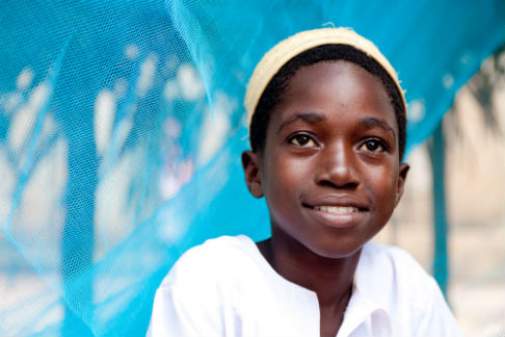
Malaria causes about 261 million illnesses and an estimated 655,000 deaths each year.
As many as 9 in 10 malaria deaths occur among children under five years of age in sub-Saharan Africa. Although the disease is preventable and curable, it is estimated that a child dies every minute from malaria. In Asia and the Americas, malaria causes fewer severe illnesses and deaths, but antimalarial drug resistance is a serious and growing problem.
USAID has been committed to fighting malaria since the 1950s. The Agency works closely with national governments to build their capacity to prevent and treat the disease. USAID also invests in the discovery and development of new antimalarial drugs and malaria vaccines.
USAID malaria control activities are based on country-level assessments and a combination of interventions are implemented to achieve the greatest public health impact, most importantly, the reduction of maternal and child mortality. These interventions include:
- Insecticide-treated mosquito nets (ITNs): Research shows that high ownership and use of ITNs reduces all-cause mortality in children under five by about 20 percent and malarial infections among children under five and pregnant women by up to 50 percent.
- Indoor residual spraying (IRS): IRS is the organized, timely spraying of an insecticide on the inside walls of houses or dwellings. It kills adult mosquitoes before they can transmit malaria parasites to another person.
- Intermittent preventive treatment for pregnant women (IPTp): Each year, more than 25 million African women become pregnant and are at risk for malaria. IPTp involves the administration of at least two doses of an antimalarial drug to a pregnant woman, which protects her against maternal anemia and reduces the likelihood her baby will be born underweight.
- Lifesaving drugs: Artemisinin-based combination therapies (ACTs) are the most effective and rapidly acting drugs currently available for treating malaria.
The President’s Malaria Initiative (PMI) works in 19 focus countries in sub-Saharan Africa and the Greater Mekong Subregion in Asia.
For 2009-2014, an expanded PMI strategy has been developed to achieve Africa-wide impact by halving the burden of malaria in 70 percent of at-risk populations in sub-Saharan Africa (approximately 450 million people).
This will be achieved by reaching and sustaining 85 percent coverage of the most vulnerable groups (children under five years of age and pregnant women) with proven prevention and treatment interventions, including ITNs, IRS, IPTp and the prompt use of ACTs for those who have been diagnosed with malaria.

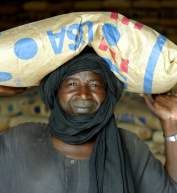


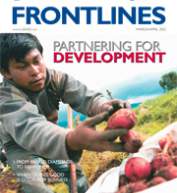
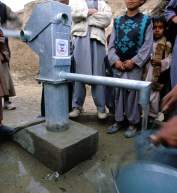
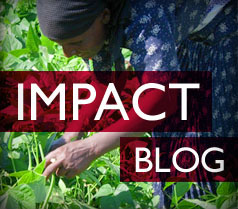
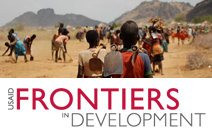
Comment
Make a general inquiry or suggest an improvement.